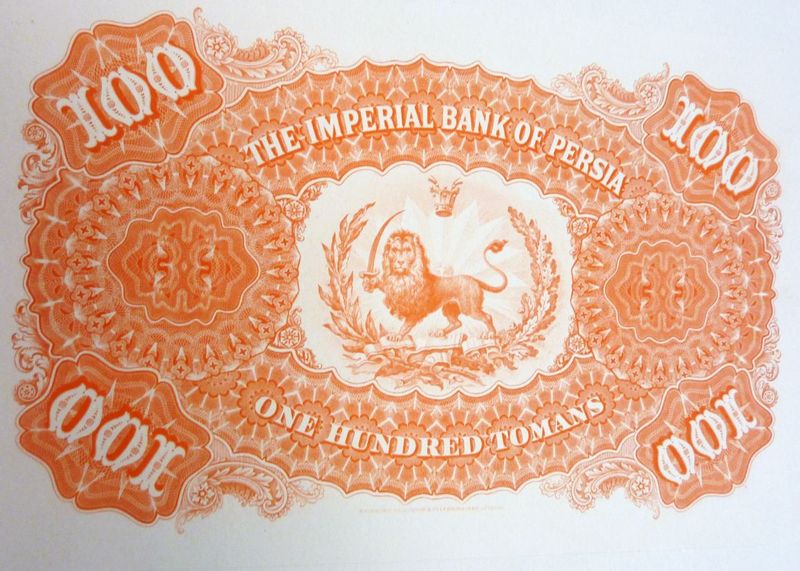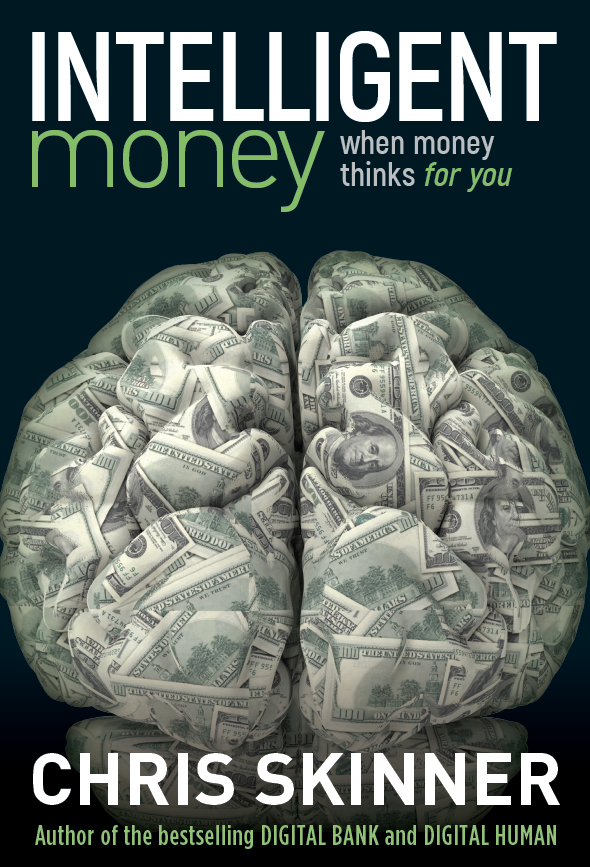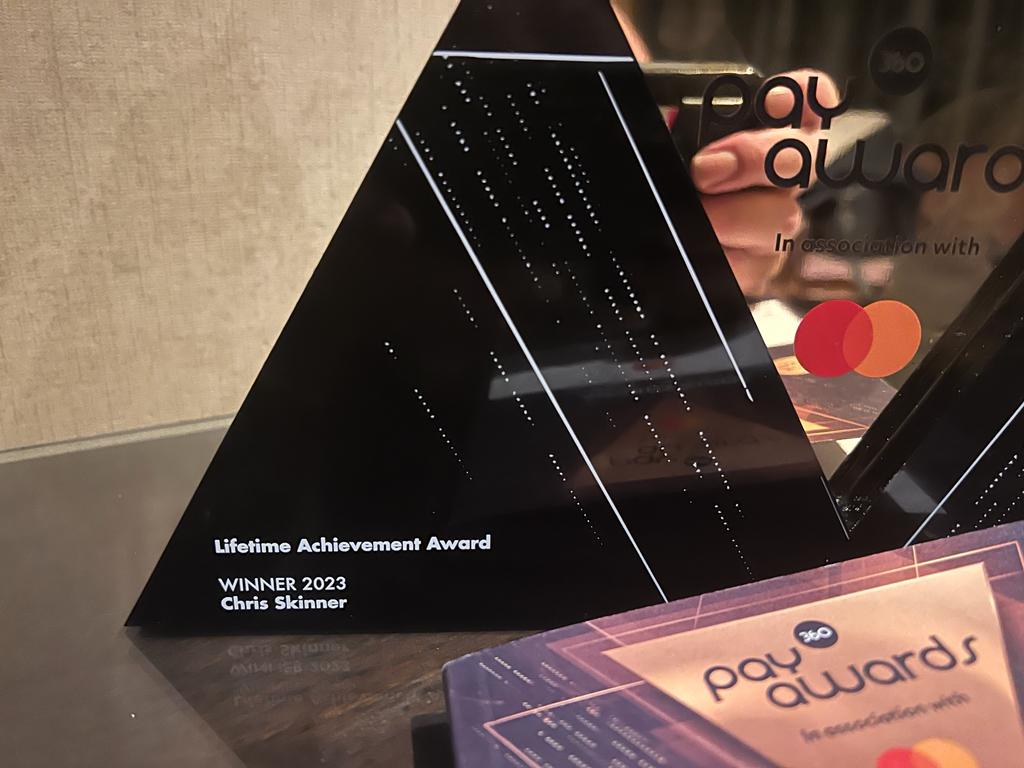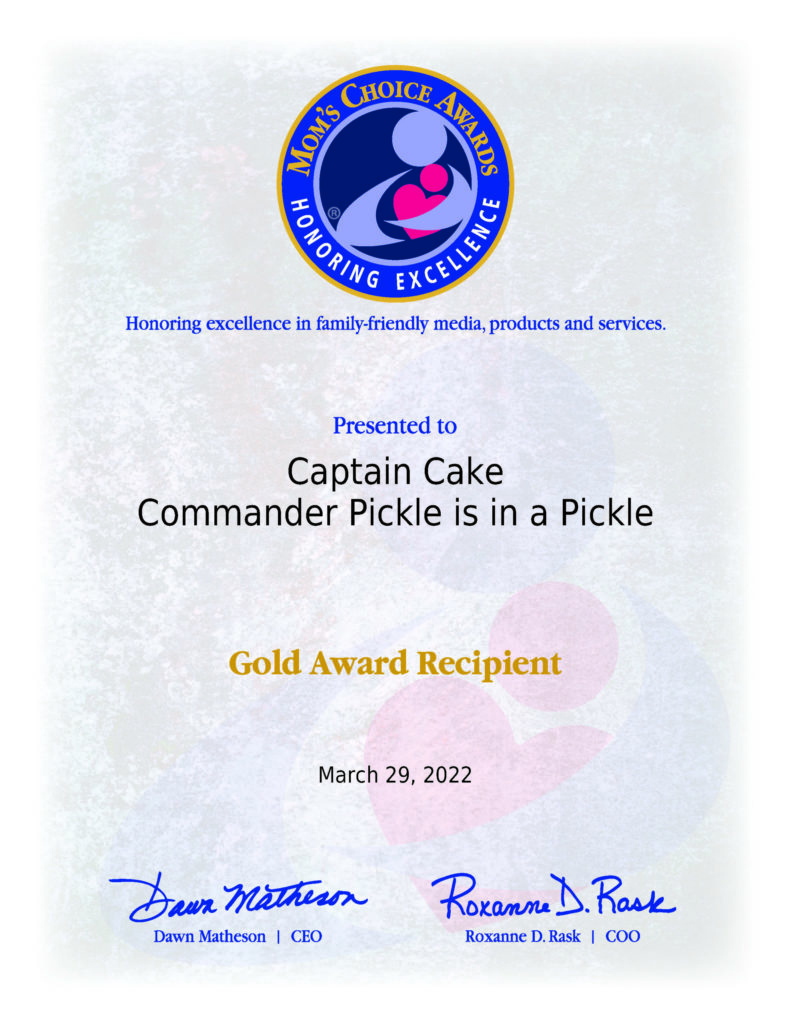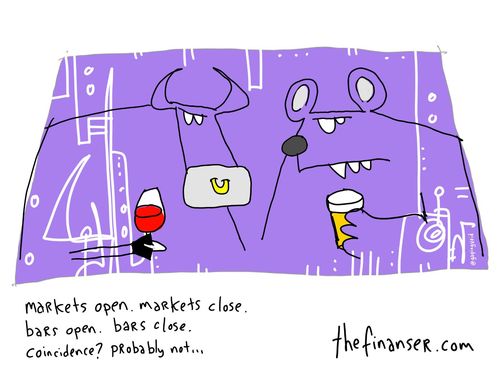
After looking at the future of banking yesterday, it’s time to look at the history of banking today. Not in depth, that would be dull but, being a sad banking nerdo, I’ve got loads of history books about money and banks in my office.
One of my recent favourites came from the British Museum, and is all about the history of London. The reason I like it is that it has all these facsimiles of original documents inside, such as this gorgeous South Sea Company Share Certificate from 1759 ...
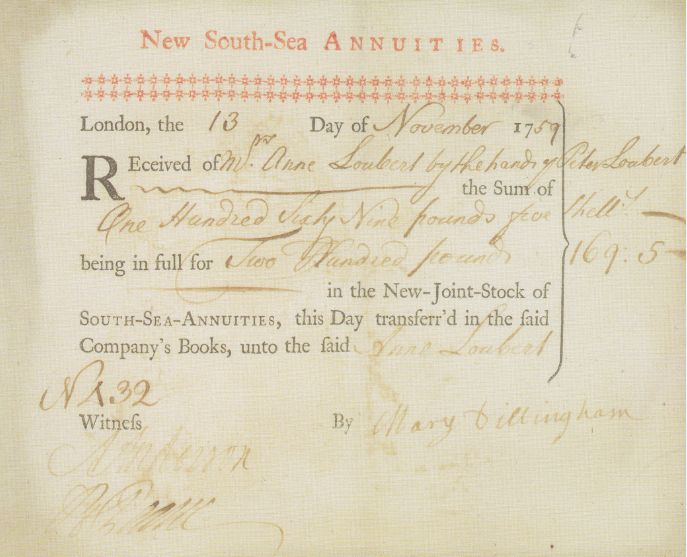
... you may think it’s not worth the paper it’s written on, which it isn’t, as the £200 invested by Anne Loubert would be the equivalent of £27,000 today. And it all went up in smoke, when the South Sea Bubble burst.
Poor old Anne Loubert.
Or there’s this old cheque from 1764 drawn on Coutts Bank ...
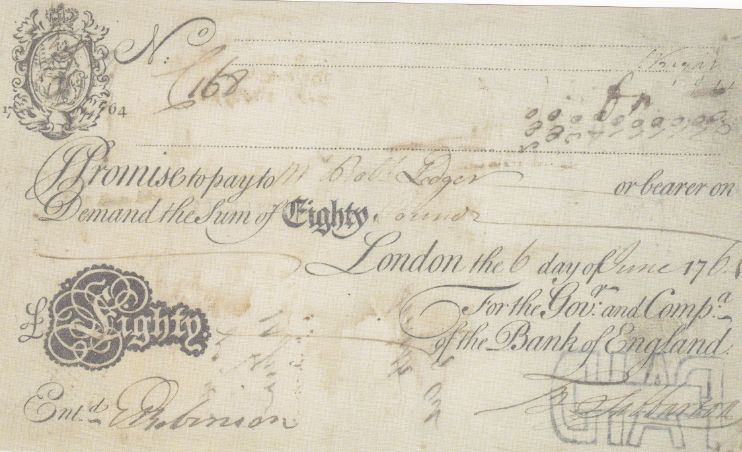
... one of Britain’s oldest banks, the Queen’s Bank, and part of Royal Bank of Scotland today (really interesting news story on RBS Coutts at Bloomberg if interested).
So why all the history today?
‘Cos I recently had a visit to the HSBC archives.
HSBC’s archives are in a run-down converted hospital barracks from the 1950s in the East End of London, in a shared building with Iron Mountain Storage Company.
Through dark and dank corridors you walk into a little room where Tina Staples heads up the archive, with two colleagues who run the place.
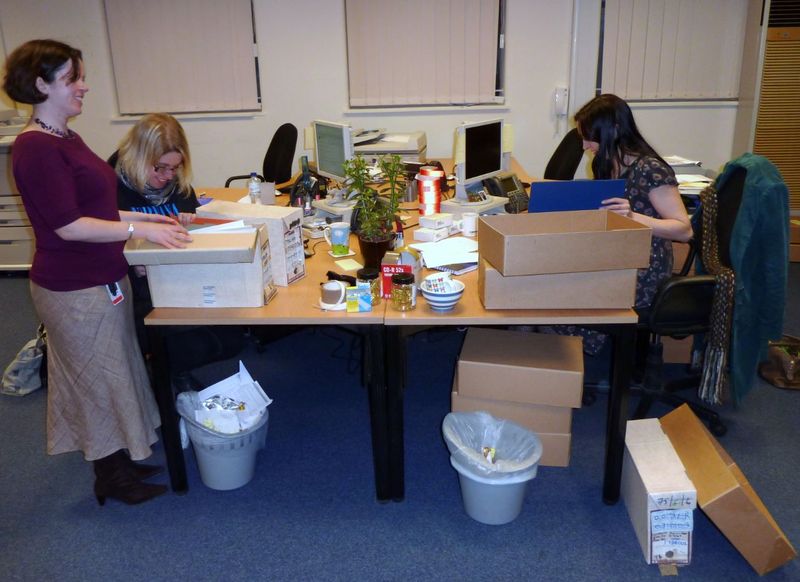
Behind scenes are filing cabinets, folders, books, double entry records, papers and more documenting the history of the bank from the 1700s through to today, and its visited by lots of people from researchers to descendants of HSBC's managers and staff through the years.
A living and breathing history of society in fact.
The folks who manage the archives are all professional archivists, and the documents held there are fascinating.
Some of my favourite stories were of the Russian branch of HSBC for example. The London City & Midland Bank office, now HSBC, opened its first branch in Petrograd in 1917 ... and closed it in 1918 after the Revolution. Even so, the manager toiled onwards to try to look after his wealthy clients. For example, here are the details of the holdings of Princess Anna Soltykoff through to June 1919.
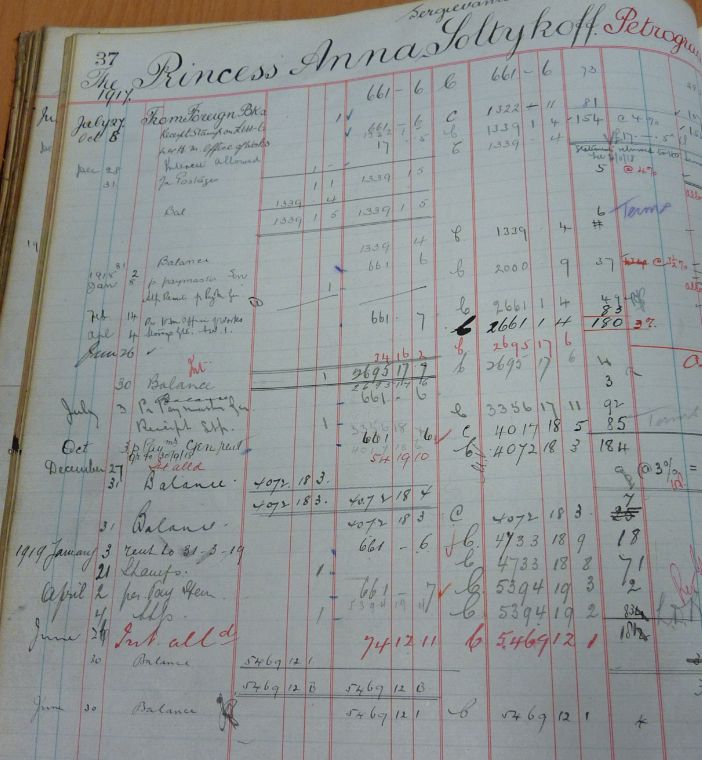
The office had to close down then, as the manager feared for his life, and the story is that he trailed through Russia across Sweden with all of his records, in order to get back to blighty with his and the bank’s reputation intact.
Or there’s the story of the Imperial Bank of Persia, created by Baron Julius de Reuter. Baron Julius also founded Reuters news agency and, in 1889, received a sixty year licence to open the bank at the request of the Shah of Persia, now Iran.
In 1959, the bank was called The British Bank of the Middle East and was acquired by HSBC.
There are lots of other stories in the archives, which makes for a grand visit, and I’m sure I’ll come back to some of the stories from the archives later.
In the meantime, does anyone know what this is?

Answer on Monday.
Chris M Skinner
Chris Skinner is best known as an independent commentator on the financial markets through his blog, TheFinanser.com, as author of the bestselling book Digital Bank, and Chair of the European networking forum the Financial Services Club. He has been voted one of the most influential people in banking by The Financial Brand (as well as one of the best blogs), a FinTech Titan (Next Bank), one of the Fintech Leaders you need to follow (City AM, Deluxe and Jax Finance), as well as one of the Top 40 most influential people in financial technology by the Wall Street Journal's Financial News. To learn more click here...


